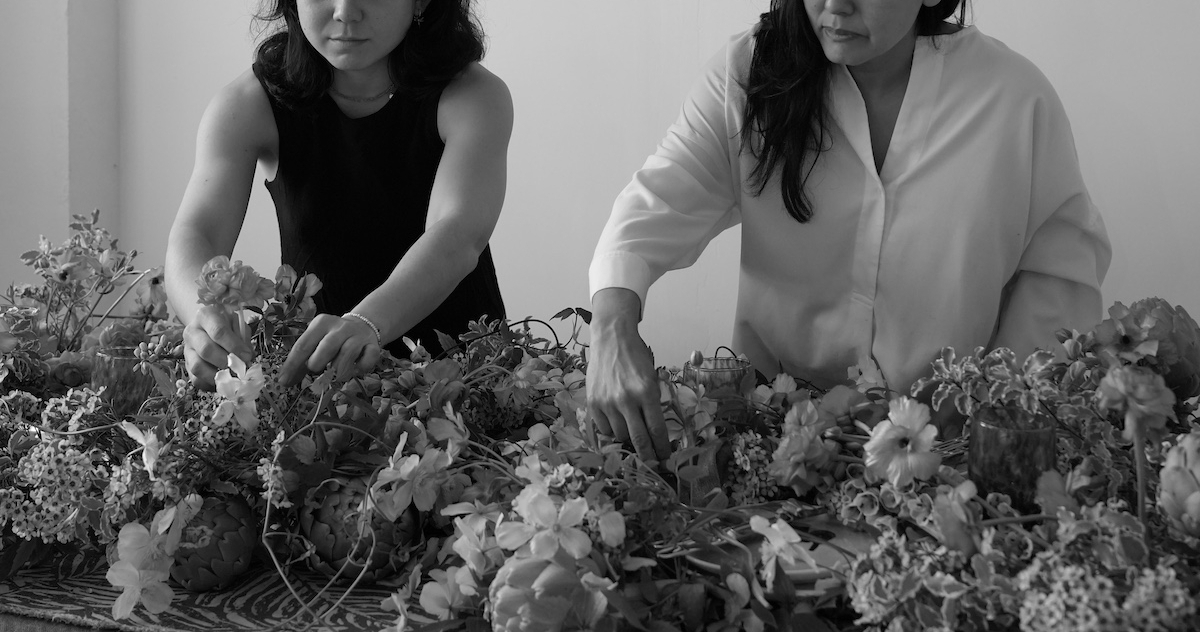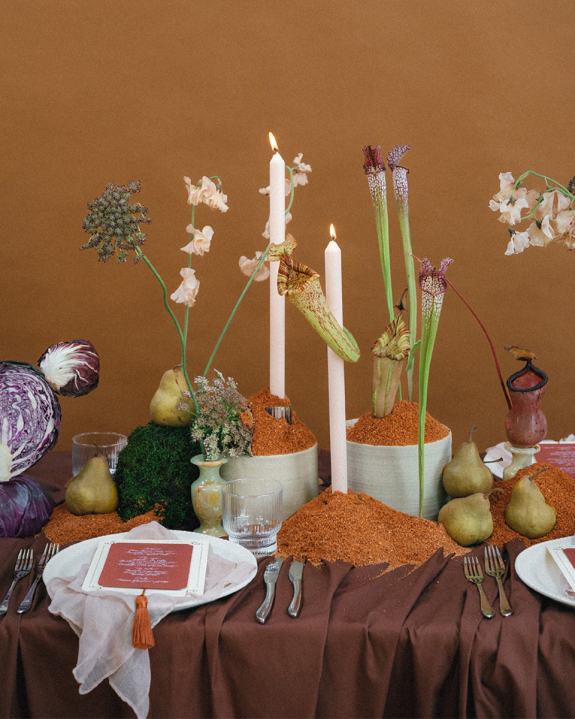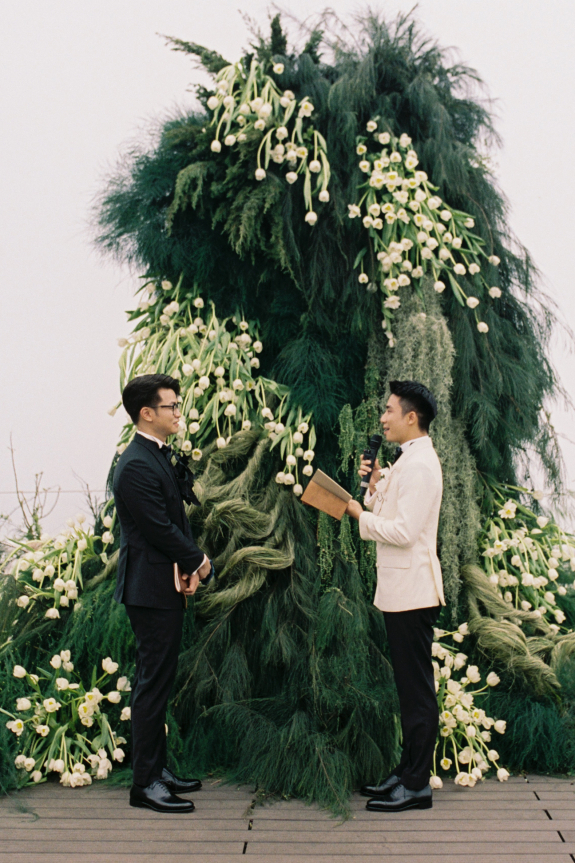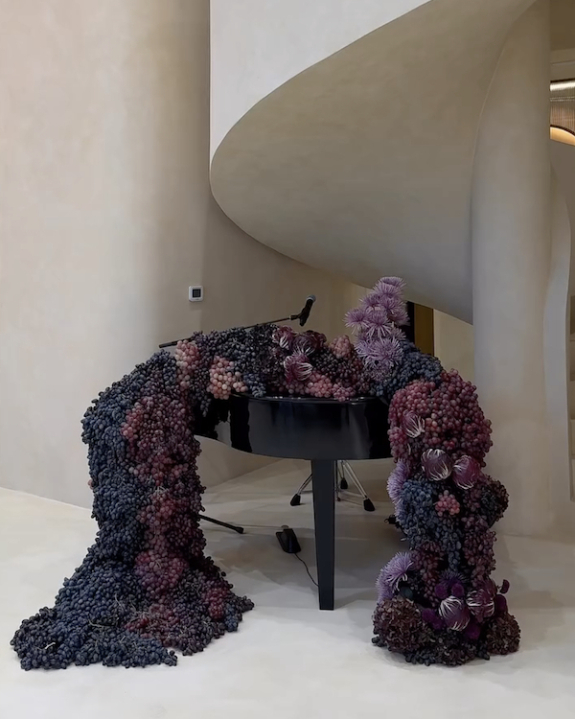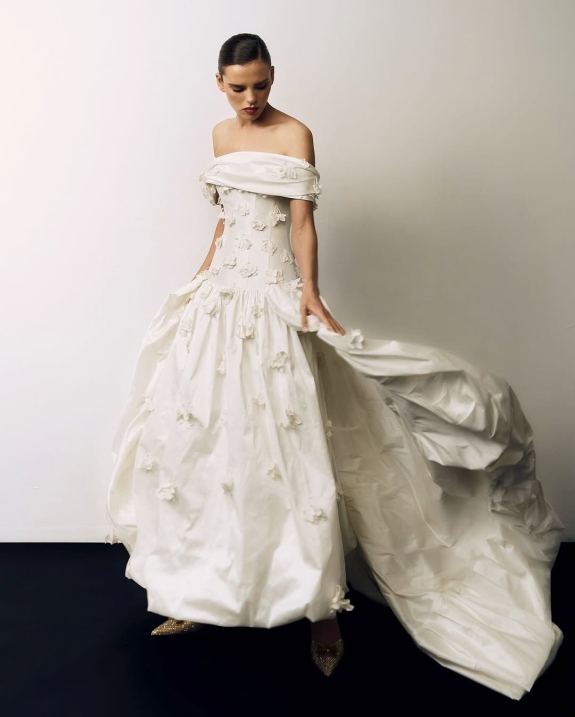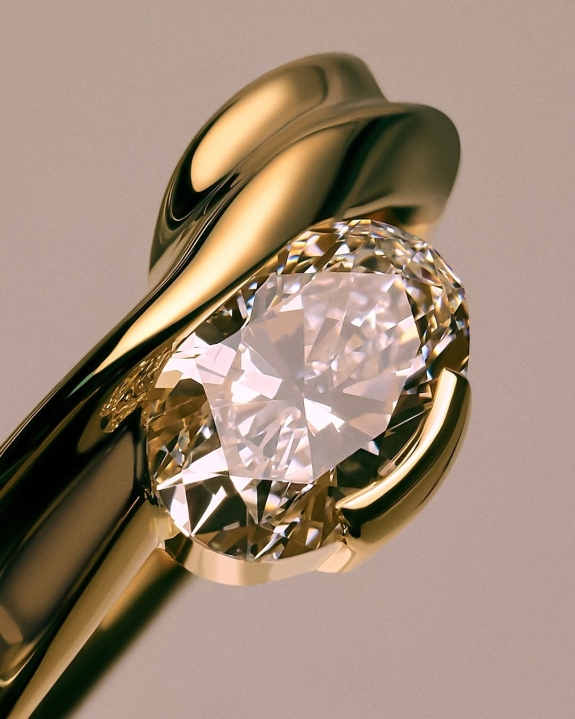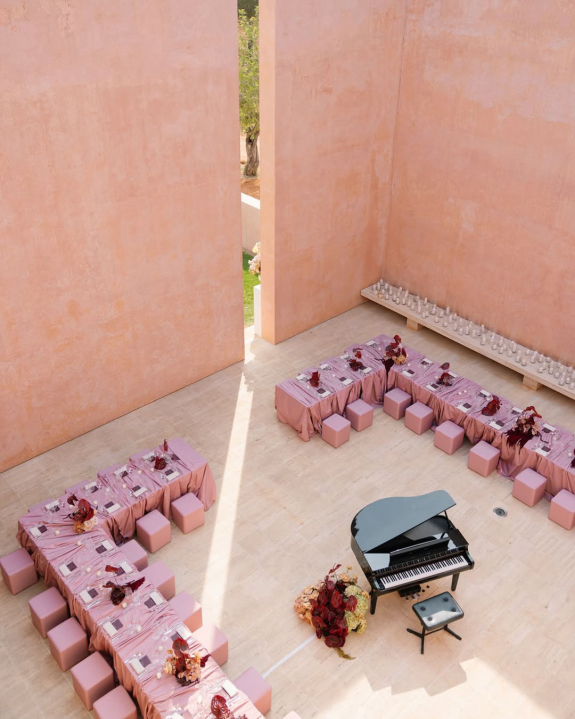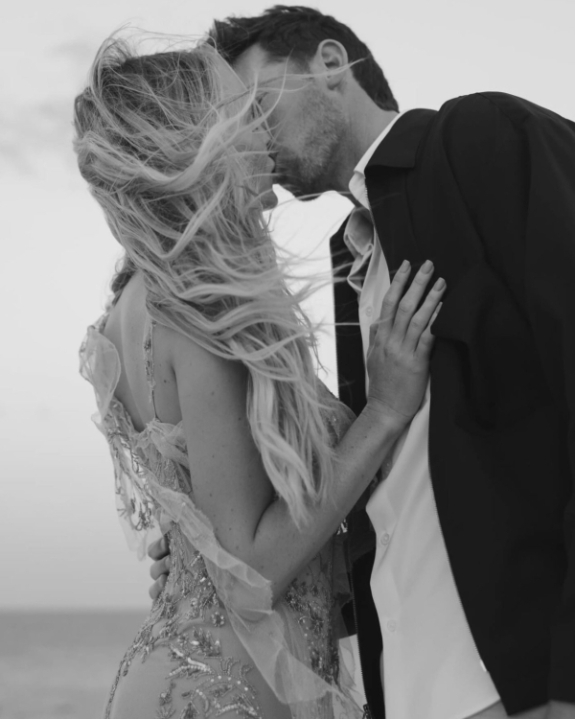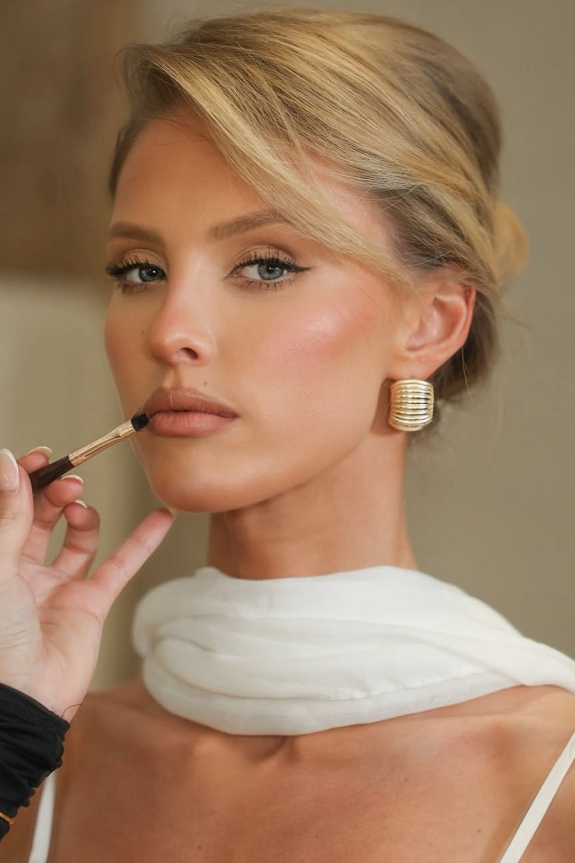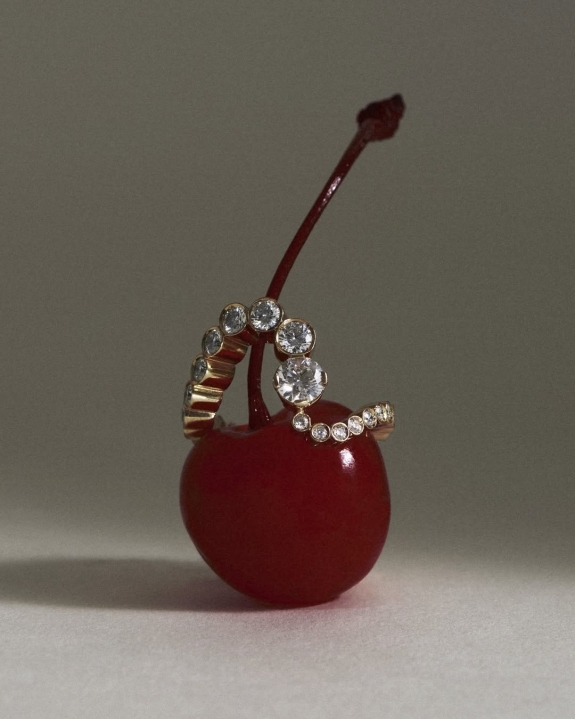Step into the lush, shape-shifting jungle world of This Humid House—a botanical studio quietly rewriting the language of flowers, one sculptural stem at a time. Founded in Singapore by architect-turned-floral-alchemist John Lim and now rooted in both Singapore and Paris, Humid House is where architectural rigour meets wild imagination. This isn't floristry as ornament—it's floristry as meaning.
Celebrating the beauty in the overlooked, the local, the seasonal. We stopped by the Paris studio to speak with two of the team’s core creatives—Françoise Ozawa and Carol Melbye—about their instinctive, scenographic approach to wedding flowers, and how different destinations and couples shape not just what they design, but how they think.
Tell us about This Humid House…
Humid House is a botanical studio founded in Singapore by John Lim, an architect by training. About seven or eight years ago, he moved into landscape design and realized he wasn’t happy with the flowers he was seeing in gardens or at weddings. There were roses and hydrangeas, but no local flowers—and something about that struck a chord. That’s how, very naturally, Humid House was born. Today, we have many designers, all committed to developing a language expressed through plants and flowers.
What is at the core of your practice and philosophy?
Most importantly, it’s about a sensitivity to climate, geography, culture—and of course, to the contemporary. We love using local flowers, but the idea is to show, for example, the ethnicity of a flower, to reveal another side of it. The work we were doing in Singapore was about showing the beauty of local flowers that people had stopped seeing, and it’s similar here in Paris. There are so many beautiful flowers in the streets, but people just don’t see the beauty because they see them every day. The question is: How can we uncover their beauty? Sometimes, just by changing something slightly—like pairing them differently—their beauty can be revealed.
Beyond florals, what services do you offer?
We offer quite a wide range of services. We have a retail arm that takes care of everyday bouquet orders in Singapore, as well as an accounts arm for hospitality flowers—for restaurants, hotels, and events. In recent years, we’ve grown quite massively with our events services. When we first began, our focus was solely on flowers—but now we're consulting on everything from lighting to scenography and decor sourcing as well.
Talk us through your unique approach to floral design...
Thanks to John’s architectural perspective, from day one, everything was about putting the flowers where they belong—considering the lighting and thinking, often unconsciously, about volume and scenography, which is, in the end, a much more sustainable approach. Sometimes we’ll ask: Where’s the first photo going to be taken? What’s the light like at that time of day? Where are the entrances and exits? These things shape how we place the flowers—how we use volume, color, and negative space.
How do destination weddings influence your creative process?
Culture and context are so important to us—and they push you to think differently. That’s one of the reasons we came to Paris; we needed a new playground. Destination weddings are exactly that—you get new ingredients, new rituals, and you learn so much. And of course, working in a different environment with different people is a challenge. Every city has its own working style, so you can’t just show up and do things your way—you have to adapt, build local teams. That’s really exciting for us.
Has your work evolved—and been influenced—across your Paris and Singapore locations?
When we came to Paris we realized how lucky we are in Singapore—people are very open-minded. The trust couples place in you when you’re creating something new is incredible in Singapore, so you can push boundaries and create something unseen. Here in Europe, the roots are very strong, so it can be difficult to push boundaries—especially for weddings. For us, it’s about honoring that tradition while doing something fresh and contemporary with it.
And that’s one of the reasons we wanted to move outside Singapore—there’s only one season, so no flowers are grown locally. Everything is imported and very reliant on pre-orders. But here in Paris, the seasonality is amazing. There’s this excitement when you go to the market—you never know what you're going to get. Over time, you start to get a sense of what to expect, but even at the peak of a season, one week a certain flower is there, and the next it’s not. It’s both challenging and exciting. You have to think harder: What am I going to use? What can I find to make sure the design works?
How do you ensure your floral designs feel personal and meaningful to each couple?
Give meaning to what you do. Don’t use flowers just to have flowers on the table. That’s what often happens today—you add flowers because people assume it’s better with them. But when you start giving them meaning, you end up with something you’d never have imagined. We give meaning by doing our research—we get to know the couple to understand who they are. Where are they from? What colors speak to them? What’s their mood? How did they meet? Each couple is so unique that anything can become inspiration for how we build an arrangement or bouquet. It’s about trying to make it unique every single time—we avoid repeating anything.
Talent: This Humid House
Videography: Anastasia Kurys
Creative Direction: Daria Latysheva
Tableware: Siecle Paris
